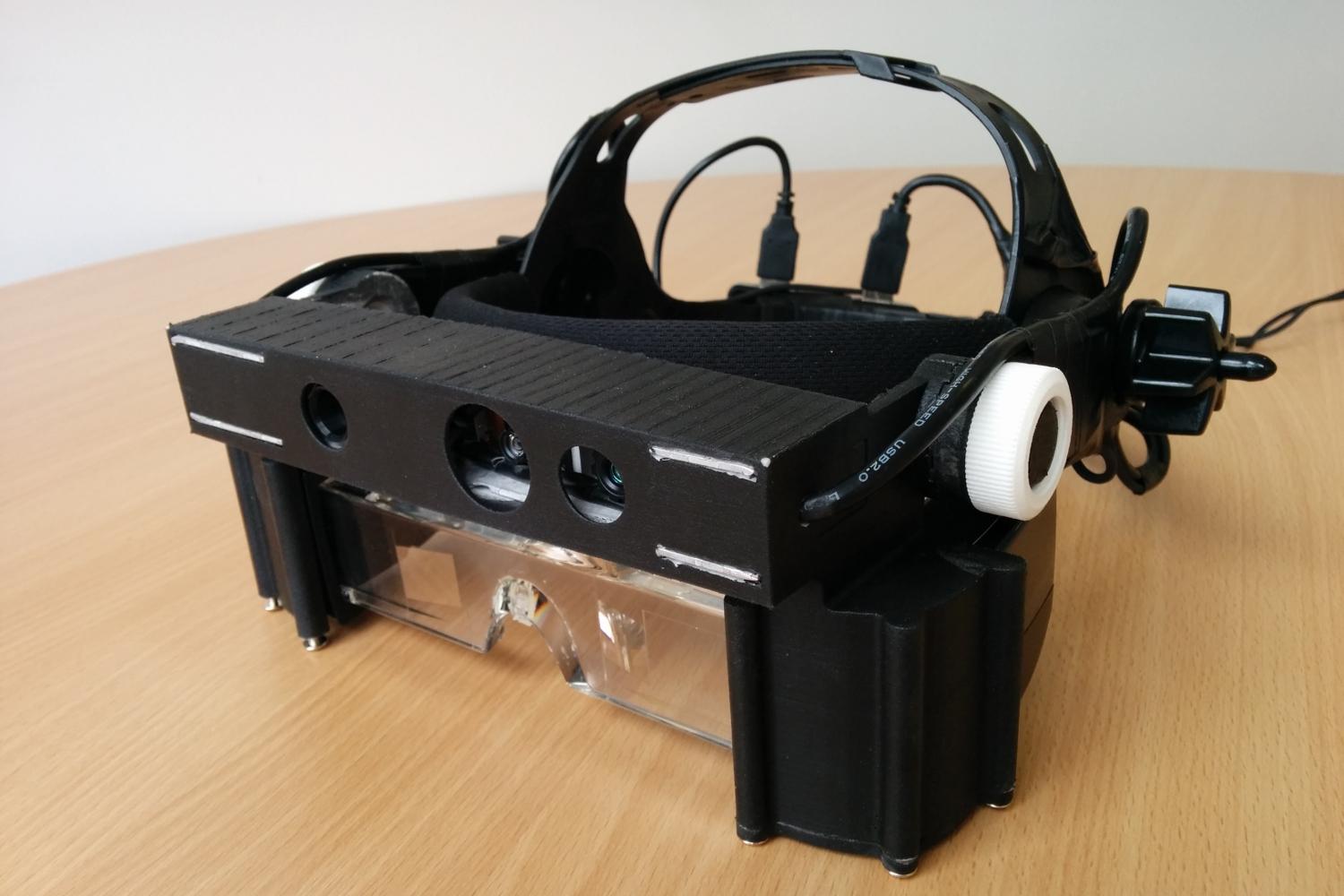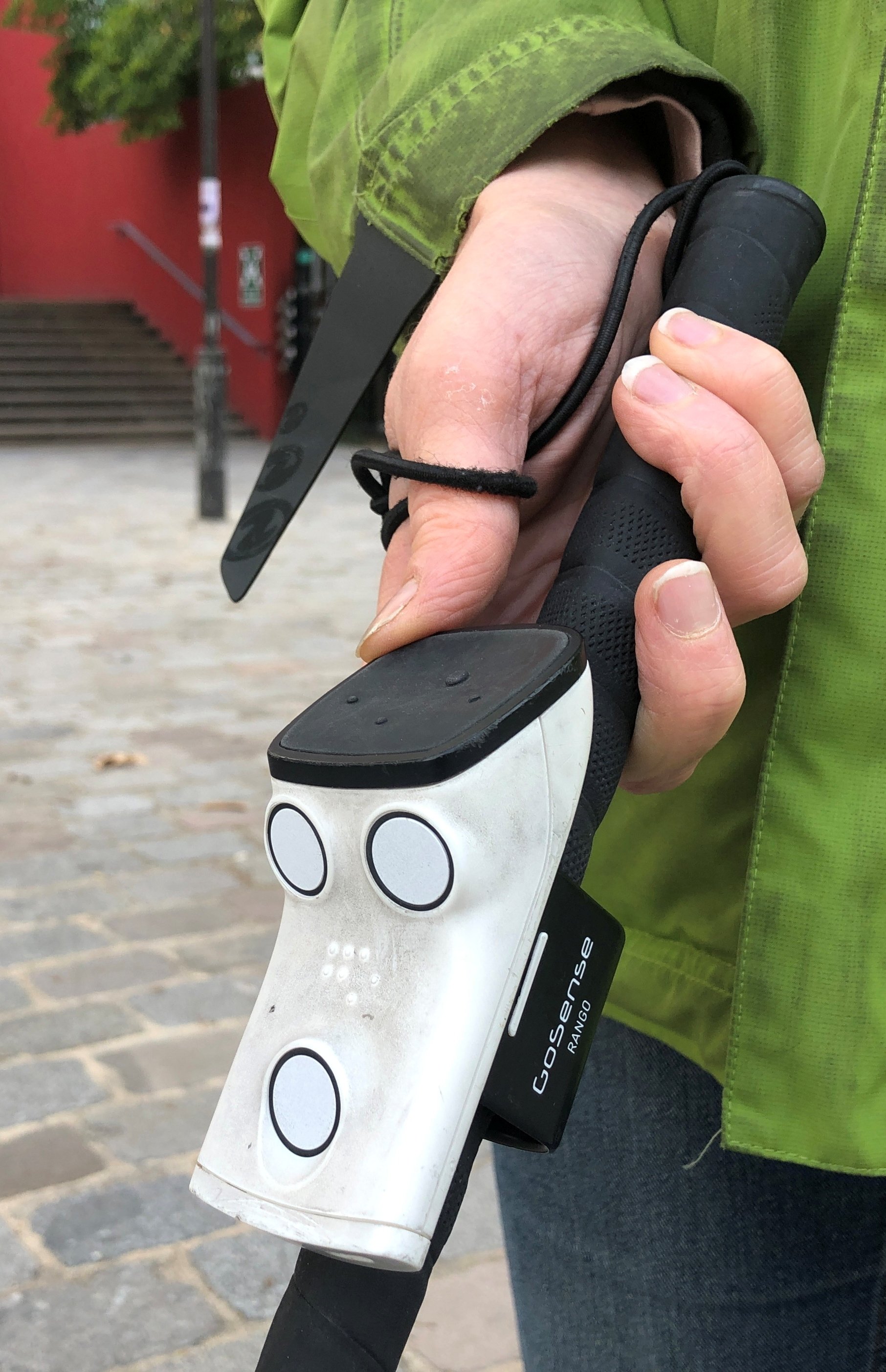Wearable Technology for Low Vision: Making Routines Easier
Wearable Technology for Low Vision: Making Routines Easier
Blog Article
Empowering Independence With Assistive Innovation for the Blind
The combination of assistive technology right into the lives of individuals with aesthetic impairments represents a substantial improvement in promoting freedom and self-sufficiency. From innovative screen readers to innovative smart walking sticks, these tools not just improve daily navigating and interaction however also equip customers to involve meaningfully in various aspects of life. As we discover the myriad benefits and real-world applications of these modern technologies, it comes to be essential to check out the underlying variables that add to their efficiency and the potential for future growths in this essential area.
Review of Assistive Technology

The advancement of assistive technology is grounded in principles of inclusivity and empowerment. Developments in software, hardware, and sensory improvements provide individuals with options customized to their certain demands. From screen visitors that convert message to speech, to tactile gadgets that convey details with touch, these devices transform the means people engage with their surroundings.
In enhancement to functional applications, assistive modern technology fosters better social addition and involvement in various markets, including education and employment (Speech-to-text devices for low vision). As study and advancement remain to evolve, the capacity for assistive technology to further enhance the lives of visually impaired individuals stays encouraging, leading the way for a more equitable culture where everybody can prosper
Sorts Of Assistive Tools
A selection of assistive devices have actually arised to support people with aesthetic impairments, each made to satisfy specific requirements and enhance everyday performance. These tools range from low-tech options to modern advancements, offering varied options for individuals.
Low-tech gadgets include magnifiers and large-print materials that assist in analysis and writing. Braille devices, such as Braille styluses and slates, enable responsive reading and communication. Positioning and mobility aids, like white canes, help individuals navigate their setting securely.
On the greater end of the spectrum, digital zoom systems and display readers provide substantial support. Electronic magnifiers allow customers to enlarge message and pictures on displays, while display readers transform digital web content into synthesized speech, assisting in access to information on computers and mobile phones.
Mobile phone applications likewise play an important role, giving features like message acknowledgment and navigation support. Wearable innovation, such as wise glasses furnished with enhanced reality, is emerging as a promising tool to enhance situational recognition.
Advantages of Assistive Technology
The integration of assistive technology significantly enhances the lifestyle for individuals with visual problems. These innovations equip individuals by promoting Read More Here independence, allowing them to browse their atmospheres a lot more properly and perform daily jobs with higher ease. For circumstances, screen visitors and zoom software program allow individuals to accessibility electronic information, cultivating specialist and educational opportunities that might have previously run out reach.
In addition, assistive gadgets such as clever canes and general practitioners applications give real-time navigation help, boosting wheelchair and safety. This raised freedom not just improves self-esteem however also urges social interaction, enabling users to take part more completely in their communities.
Assistive technology likewise promotes communication, aiding customers link with others via voice acknowledgment and text-to-speech applications. This capability is essential for keeping relationships and accessing crucial details.
Additionally, the personalization choices offered with numerous assistive modern technologies ensure that customers can tailor devices to their certain requirements, further enhancing functionality and efficiency. In general, the advantages of assistive technology for people with aesthetic problems are extensive, advertising a more comprehensive culture where everybody can pursue their desires and objectives.
Study and Success Stories
Highlighting the transformative effect of assistive technology, numerous situation researches illustrate exactly how individuals with aesthetic disabilities have actually effectively incorporated these tools into their daily lives. One compelling instance includes an university student who made use of display reading software program to navigate scholastic materials and online sources effectively. This innovation not just facilitated her education and learning however also improved her confidence in getting involved in discussions and group tasks.
Another situation study includes an expert that utilizes a mobile phone application created for navigation and item acknowledgment. By utilizing this app, he has actually reclaimed autonomy in both his personal and job settings, permitting him to commute independently and engage with coworkers much more efficiently.
Furthermore, a retiree shared her experience with braille e-readers, which enabled her to access a huge array of literary works and remain gotten in touch with her neighborhood kids eye glasses via book clubs.
These success stories emphasize the crucial function of assistive modern technology in promoting freedom, enhancing lifestyle, and promoting social assimilation for individuals with aesthetic impairments (Speech-to-text devices for low vision). By embracing these innovative tools, users can get over challenges and take opportunities that add to their expert and individual satisfaction

Future Trends in Assistive Modern Technology
Technology in assistive technology is positioned to redefine the landscape of support for people with aesthetic impairments. Arising patterns highlight the integration of man-made intelligence (AI) and artificial intelligence, which improve the performance of tools that assist with navigating and info access. AI-driven applications are now capable of translating visual information in real-time, allowing users to involve with their environment extra independently.
Moreover, the growth of wearable technology is progressing quickly. Smart glasses furnished with increased truth (AR) can offer audio descriptions of environments, changing how users interact with public rooms. These devices not only promote freedom yet likewise foster social inclusion.
Furthermore, the Net of Points (IoT) is making homes smarter, permitting smooth connection between everyday devices and assistive tools. This connection encourages users by making it possible for voice-activated controls and computerized reactions tailored to private demands.
Verdict
To conclude, assistive modern technology plays a critical function in empowering individuals with aesthetic impairments by improving their freedom and involvement with their surroundings. The diverse series of devices and applications readily available not only helps with navigating and communication but likewise promotes social combination and chances for personal and expert development. As advancements continue in this area, the potential for boosting the top quality of life for those with aesthetic impairments will certainly increase, cultivating higher autonomy and empowerment.

Report this page